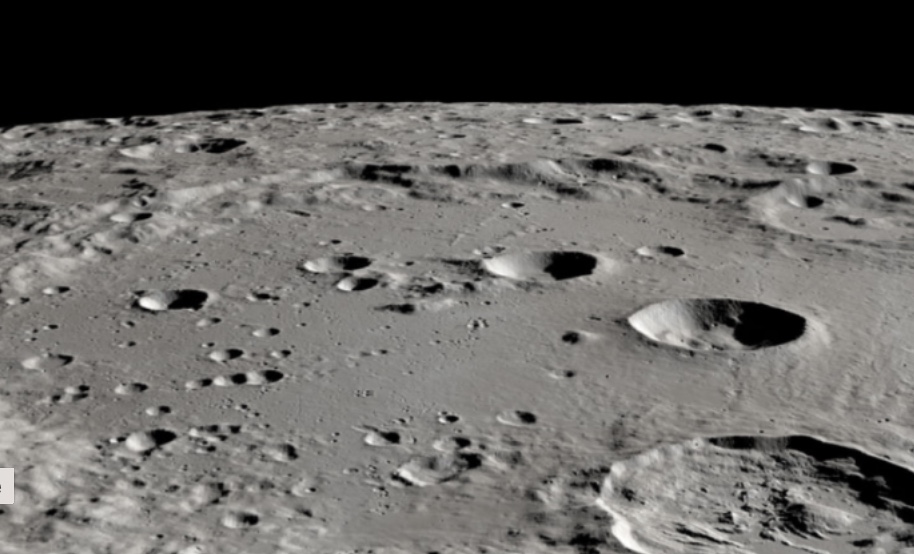India's space agency will seek to land a spacecraft on the moon's south pole tomorrow, a mission that could advance India's space ambitions and broaden knowledge of lunar water ice, potentially one of our most valuable resources. satellite.
Space agencies and private companies consider the presence of lunar ice a turning point for a future lunar colony and subsequent missions to Mars.
As early as the 60s, before the first Apollo landing, scientists hypothesized that there was water on the moon. Samples that Apollo crews returned for analysis in the late 60s and early 70s appeared to be dry.
In 2008, researchers at Brown University revisited those lunar samples with new technology and found hydrogen inside tiny beads of volcanic glass. In 2009, a NASA instrument aboard the Indian Space Research Organization's Chandrayaan-1 probe detected the presence of water on the lunar surface.
That same year, another NASA probe that hit the south pole found water ice under the lunar surface. An earlier NASA mission, 1998's Lunar Prospector, found evidence that the highest concentration of water ice was in the shadowed craters of the south pole.
Scientists are interested in ancient water ice pockets because they could provide evidence of lunar volcanoes, the material that comets and asteroids then brought to Earth and formed the oceans.
If water ice exists in sufficient quantities, it could be a source of potable water for Moon exploration and could help cool equipment for subsequent missions to Mars.
It could also be broken down to produce hydrogen for fuel and oxygen for breathing, supporting other types of interspace missions or lunar mining.
The 1967 United Nations Outer Space Treaty prohibits any nation from claiming ownership of the Moon. There are, therefore, no provisions that prevent commercial operations.
A legislative effort, in this sense, is led by the United States to establish a set of principles for the exploration of the Moon and the use of its resources. Let's talk about the Artemis Accords which has 27 signatories. However, China and Russia have not signed up to it.
Attempts to land on the moon have already failed in the past. The Russian Luna-25 aircraft was supposed to land on the south pole on Monday but went out of control on approach and crashed on Sunday.
The south pole is full of craters and deep pits. ISRO's Chandrayaan-3 mission is on track for a landing attempt tomorrow, the space agency said. In 2019, a previous Indian mission failed in its attempt to land safely near the area that will be affected by Chandrayaan-3 tomorrow.
The United States and China are also planning missions to the lunar south pole in the near future.
Subscribe to our newsletter!
